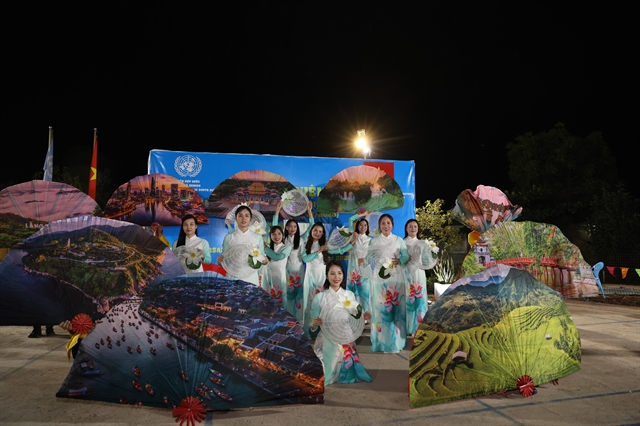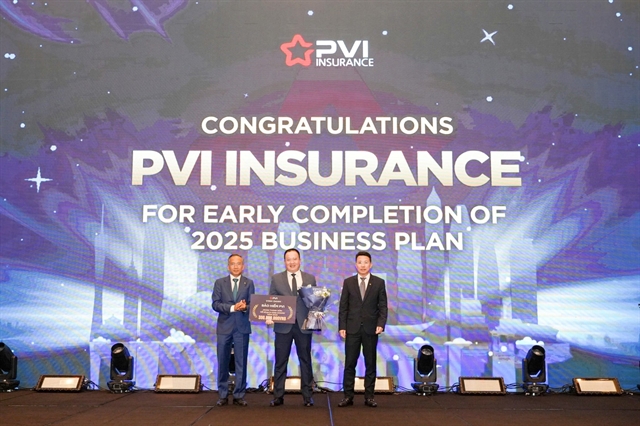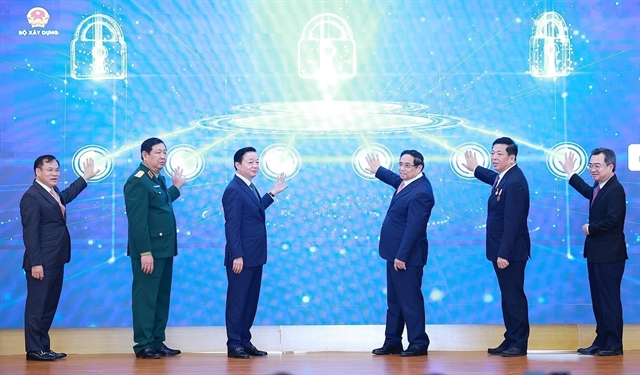 Society
Society
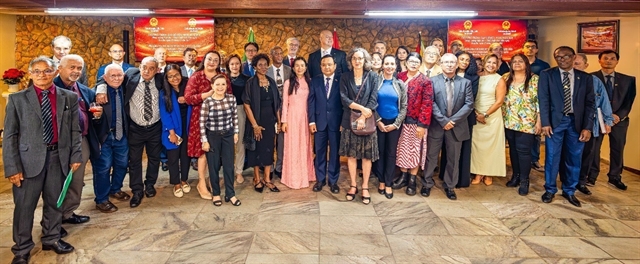
| Officials at the groundbreaking ceremony of the project “Strengthening Sustainable Urban Transport for Hà Nội Metro Line 3” on Friday morning. — VNA/VNS Photo Tuấn Anh |
HÀ NỘI — A groundbreaking ceremony has been held on Friday morning to mark the start of the project to improve Hà Nội's infrastructure for public transport users.
The plan is to build pedestrian subways, bus stops and other physical assets to help metro users get in and out of stations quickly and safely.
The project is called “Strengthening Sustainable Urban Transport for Hà Nội Metro Line 3” and is jointly funded by Hà Nội People’s Committee and the Asian Development Bank.
It will cost US$54.75 million with $48.95 million from the ADB and $5.8 million from the city’s budget.
The project will develop an integrated public transport system in six districts of Hà Nội that will support Hà Nội Metro Line 3.
Improved public transport will facilitate connectivity and enhance access in the capital as well as support the Hà Nội Urban Transport Master Plan (HUTMP) objective of increasing ridership on public transport to over 40 per cent, reducing dependency on vehicle ownership.
It will also support Hà Nội's climate change mitigation efforts in adopting a low-carbon transport growth path, which is more energy efficient and lowers GHG emissions.
The project will provide infrastructure for improving accessibility to Metro Line 3 stations, implement feeder bus links, a public transport management system, integrated multi-modal stations with "park and ride" facilities, as well as a comprehensive parking plan for the city.
Public transport services and other facilities will be designed to incorporate gender-sensitive features that will complement similar measures under the Metro Line 3 project. In addition, any policy and regulatory measures developed will be fully inclusive.
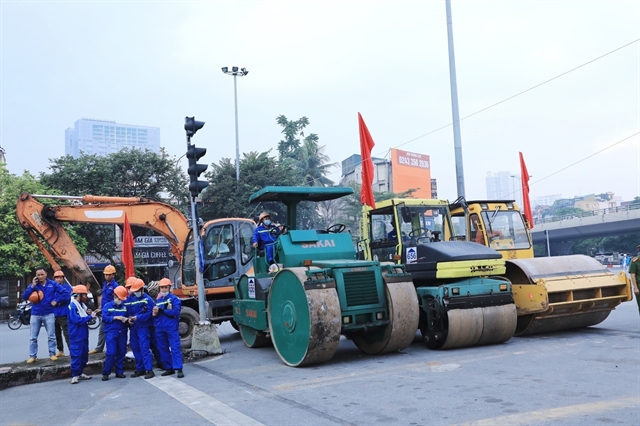 |
| Machinery and workers for the project on the launching day. — VNA/VNS Photo Tuấn Anh |
Nguyễn Chí Cường, director of the Hà Nội Traffic Construction Investment Project Management Board, said that the project spanned six districts, namely Nam Từ Liêm, Bắc Từ Liêm, Cầu Giấy, Ba Đình, Đống Đa and Hoàn Kiếm.
“The contractor must both construct and ensure smooth traffic on this route as it is the main traffic axis to the city centre with large and complicated intersections where congestion usually occurs,” he said.
“To overcome difficulties, the Project Management Board will coordinate with the construction unit, the supervision consultant and the design consultant to develop a detailed and specific implementation plan, and carefully study traffic flows to make reasonable traffic adjustments.”
Vice Chairman of the Hà Nội People's Committee Dương Đức Tuấn said that the project aimed to increase the efficiency of urban railway No. 3 when it is put into operation.
“The implementation of investment and construction projects is very necessary,” he said, asking for joint efforts and close cooperation among units, departments and agencies.
He asked the Department of Planning and Investment and the Department of Finance to closely coordinate with the Ministry of Planning and Investment, the Ministry of Finance and relevant units in balancing and prioritising funding according to the implementation schedule.
The Departments of Transport and Communications and the Department of Construction were told to work together to remove difficulties and obstacles for the project management board during the implementation process while ensuring the quality management of construction works in accordance with regulations.
The city police were asked to cooperate with the Department of Transport and the People's Committees of the relevant districts to guide the investor to organise traffic to ensure the safety of people and vehicles, minimising the impact on the daily life of people in the project area.
People's Committees of districts involved in the project were urged to hand over the site so that the project contractor can start construction right after the groundbreaking ceremony.
Construction contractors, consulting and supervising units must develop specific plans, ensuring the correct implementation of commitments in the contract signed with the investor, Tuấn said.
As of July this year, over VNĐ568 billion (US$24.3 million) of the project capital has been disbursed, equivalent to 17.2 per cent of the plan. — VNS



